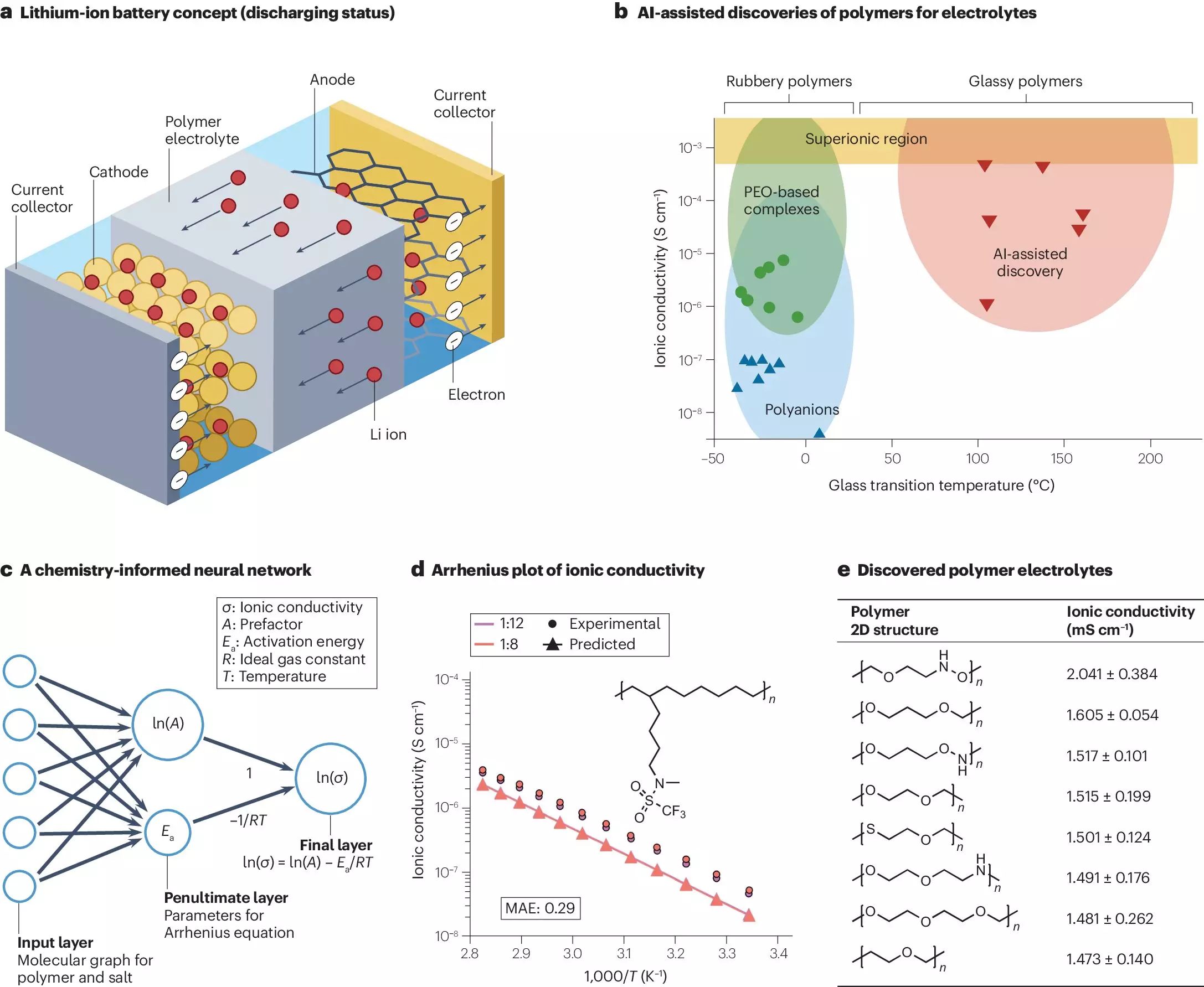Polymers, the long-chain macromolecules that underpin many materials we use today, are integral to a multitude of technologies. From nylon fibers that offer durability in clothing to Teflon coatings that enhance the convenience of cooking appliances, polymers are entrenched in our daily lives. As we strive toward more advanced materials for energy efficiency, sustainability, and superior performance, the quest for innovative polymers continues unabated. Researchers at Georgia Tech are leading this pursuit, employing cutting-edge artificial intelligence (AI) methods to revolutionize the polymer research landscape.
Under the leadership of Rampi Ramprasad, a prominent figure in materials science, researchers are harnessing AI to expedite the discovery and design of new polymers. Recent works published in reputable journals, specifically Nature Reviews Materials and Nature Communications, furnish evidence of the progress being made in this area. The papers illuminate a path forward where machine learning (ML) algorithms are not merely supporting research but are pivotal in the design and evaluation of next-generation materials.
These studies discuss significant breakthroughs in various application segments, including energy storage solutions, advanced filtration systems, and eco-friendly recyclable plastics. AI tools are proving transformative, allowing researchers to predict polymer properties with high accuracy before any laboratory synthesis occurs. This proactive approach streamlines the process of identifying viable candidates by leveraging existing material data to develop robust predictive models.
The AI-driven workflow designed by Ramprasad’s team begins with establishing specific performance criteria pertinent to target applications. The foundational models are trained on diverse datasets extracted from existing materials, enabling the algorithms to forecast the properties of potential new polymers. Candidates that exhibit promise based on these preliminary predictions are subsequently synthesized and tested in the lab, allowing for a practical assessment of their functionality.
This iterative framework furthers the refinement of the AI models, integrating empirical outcomes from research efforts back into the algorithms to enhance future predictions. This self-reinforcing loop exemplifies a cutting-edge strategy in materials discovery, where the synergy between AI and human expertise accelerates innovation.
Despite these promising developments, integrating AI into polymer research is not without challenges. The efficacy of AI predictions heavily relies on the breadth and quality of the initial datasets available. Inadequate or biased data can lead to inaccurate predictions and hinder research progress. Furthermore, creating algorithms that can accurately simulate and propose chemically feasible polymers is intricate, demanding extensive understanding and refinement of computational chemistry and material science.
Once a polymer is theoretically designed, the real test is its manufacturability and performance in practical applications. This transitional phase from computer model to laboratory reality is crucial, as many theoretically viable materials may fail in testing. Collaborative efforts, such as those with chemical engineers and experimental scientists, are essential to bridge this gap and ensure the successful application of new materials.
The collaborative spirit embodied in these advancements is underscored by the involvement of academic institutions and industry players alike. For instance, researchers from various fields—including capacitors used in electric vehicles—have combined efforts to explore new polymers that address the dual challenges of high energy density and thermal stability. Previous materials traditionally provided one benefit at the expense of the other, but through AI-guided research, Ramprasad’s team has identified polymers like polynorbornene and polyimide that meet both criteria—a notable breakthrough that holds promise for resilient energy applications.
The synergy of academia with commercial interests has paved the way for transformative applications of AI in material science. Notably, the inclusion of industry insights, as demonstrated by contributions from organizations such as Toyota and General Electric, facilitates the transition from theoretical research to practical applications, ensuring that new materials can meet real-world demands.
As we explore the frontiers of materials science, AI stands as a critical ally in developing innovative polymers that meet the challenges of today and tomorrow. The establishment of startups like Matmerize Inc, which aims to democratize polymer informatics and accelerate industrial adoption of these technologies, signifies the commitment to translating research findings into applicable solutions.
In summation, the interplay of AI with traditional polymer research heralds a new era where materials can be designed with unprecedented precision and speed. The ongoing investigations led by Ramprasad and his collaborators not only promise to unveil a new generation of polymers but also inspire future research paradigms that prioritize multidisciplinarity and industrial relevance. Through the lens of AI, the quest for novel materials is set to push the boundaries of innovation and sustainability.


Leave a Reply